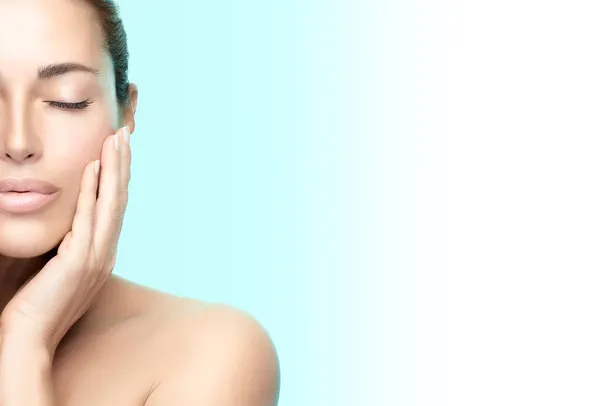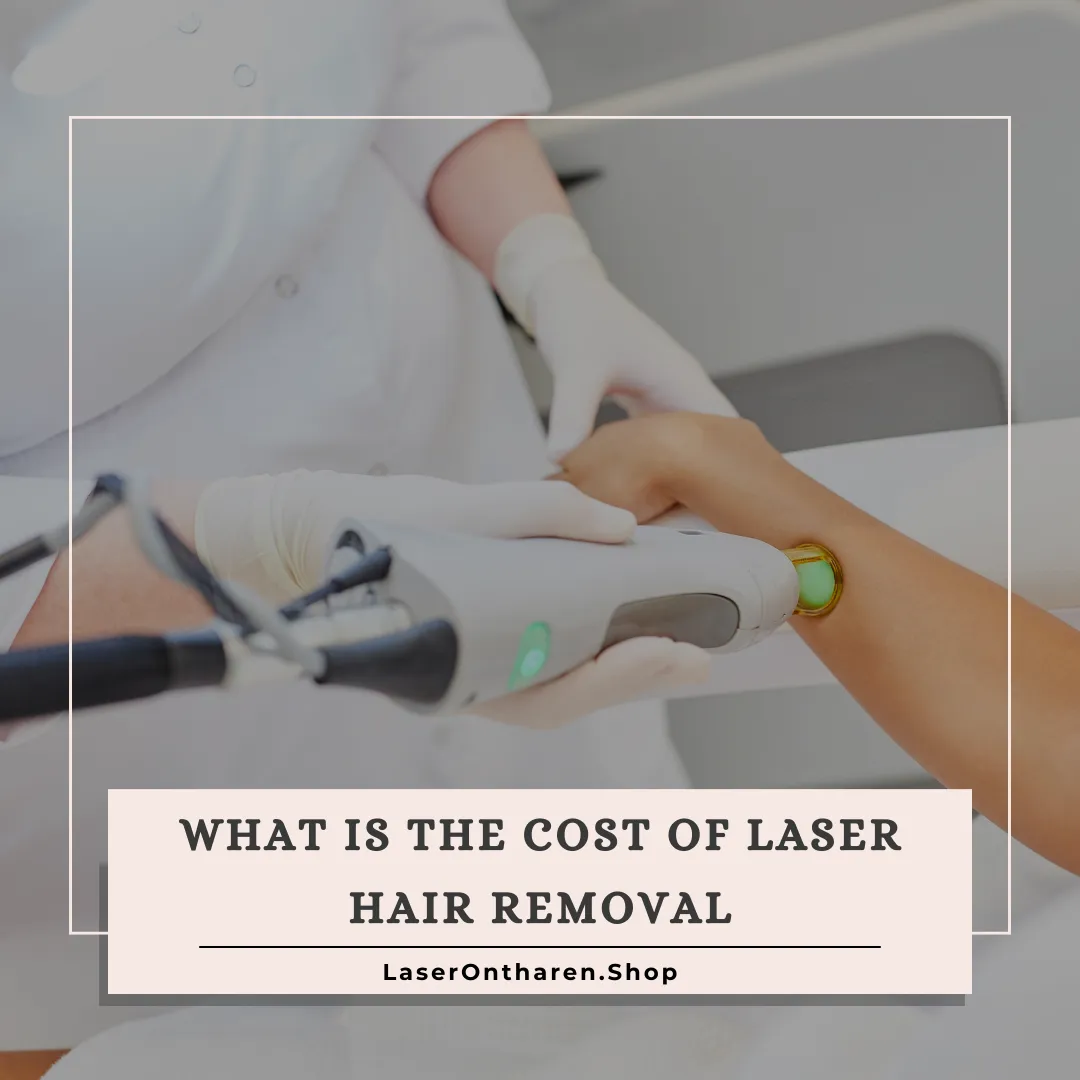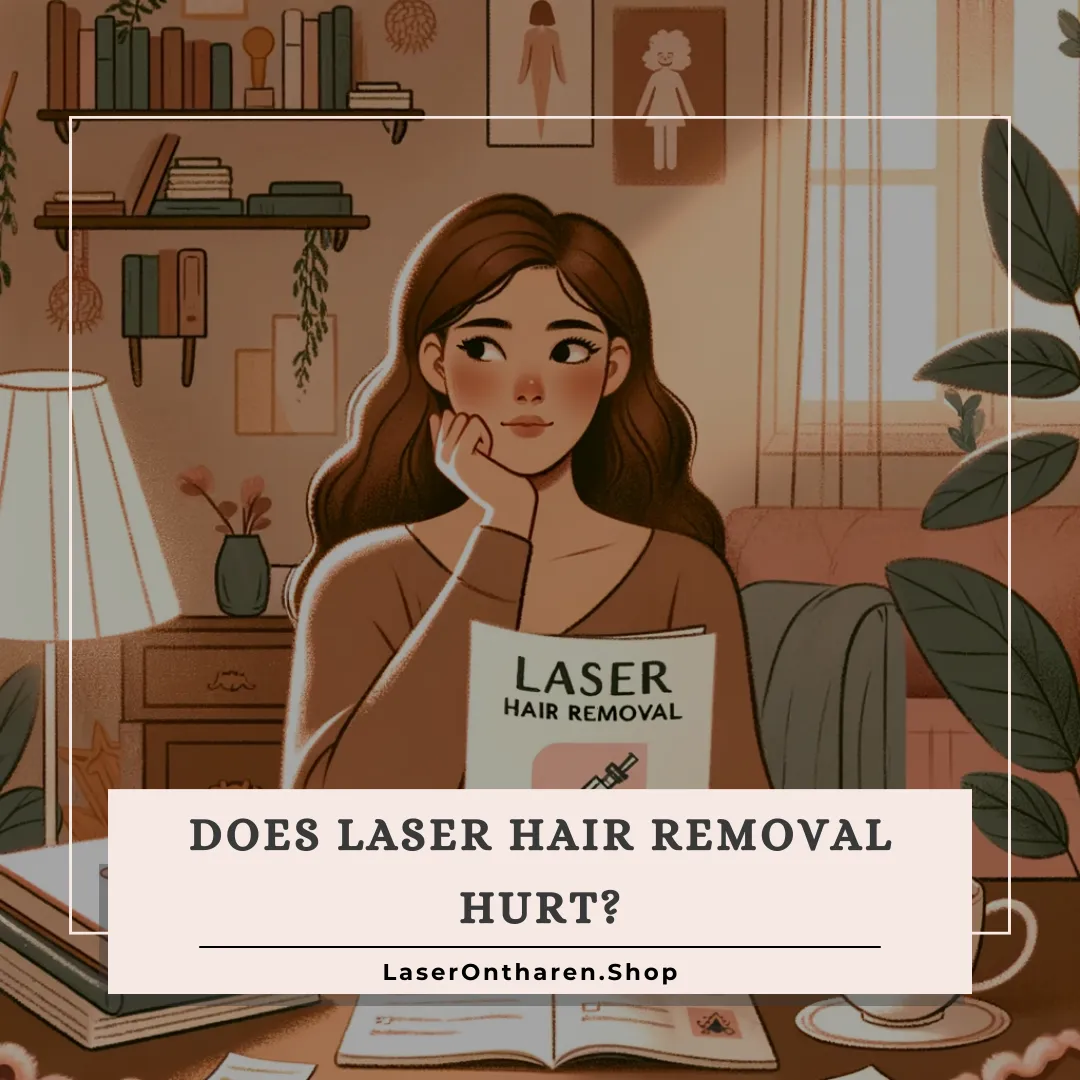Does Cutting Your Hair Jumpstart Growth? Here’s The Deal
The idea that cutting your hair can jumpstart growth is a common belief among many individuals seeking to achieve longer and healthier locks. But is there any truth to this notion, or is it merely a myth? In this article, we’ll delve into the science behind hair growth, explore the role of haircuts in promoting growth, and provide evidence-based insights into whether cutting your hair can indeed stimulate hair growth.
Understanding Hair Growth:
Understanding the intricacies of hair growth is essential for deciphering the impact of haircuts on the growth process. Hair growth is a dynamic cycle that occurs in three distinct phases: anagen, catagen, and telogen.
- Anagen Phase (Growth Phase): The anagen phase is the active growth phase of the hair follicle. During this stage, cells in the hair follicle rapidly divide, producing new hair shafts. The length of the anagen phase varies among individuals and is largely determined by genetics, hormonal factors, and overall health. On average, the anagen phase can last anywhere from two to seven years. The longer the anagen phase, the longer the hair can grow.
- Catagen Phase (Transition Phase): Following the anagen phase, the hair follicle transitions into the catagen phase. This brief phase marks the end of active hair growth. During catagen, the hair follicle detaches from the blood supply, causing the hair shaft to stop growing. The catagen phase typically lasts for a few weeks.
- Telogen Phase (Resting Phase): After the catagen phase, the hair follicle enters the telogen phase, also known as the resting phase. During telogen, the hair follicle remains dormant, and no new hair growth occurs. Instead, the existing hair shaft rests in the follicle until it is eventually shed. The telogen phase lasts for approximately three months before the hair is shed and the cycle begins anew.
This continuous cycle of growth, transition, and rest ensures the ongoing renewal of hair on the scalp. It’s important to note that each hair follicle operates independently, meaning that hairs are at different stages of the growth cycle at any given time. As a result, individuals typically
The Role of Haircuts:
Regular haircuts play a crucial role in maintaining the overall health and appearance of your hair. Despite the common misconception that cutting your hair promotes faster growth, the primary benefit of haircuts lies in their ability to preserve the integrity of the hair shaft.
When hair becomes damaged due to factors such as heat styling, chemical treatments, or environmental stressors, the cuticle—the outermost layer of the hair shaft—can become weakened and frayed. This damage can manifest as split ends, breakage, and a lackluster appearance.
By regularly trimming the hair, particularly the ends where damage tends to accumulate, you can remove split ends and prevent them from progressing further up the hair shaft. This not only improves the overall appearance of the hair but also helps maintain its strength and resilience.
Furthermore, removing damaged ends through regular trims can prevent breakage and split ends, which can make the hair appear shorter and thinner than it actually is. By eliminating these damaged areas, the hair can retain its length and fullness, giving the appearance of longer, healthier locks over time.
It’s important to note that while haircuts can enhance the appearance of the hair, they do not directly affect the rate at which hair grows from the scalp. Hair growth is primarily determined by factors such as genetics, hormonal fluctuations, and overall health. However, maintaining healthy hair through regular trims can create an optimal environment for hair growth and ensure that your locks look their best.
Debunking the Myth:
Despite common misconceptions, the notion that cutting your hair can accelerate its growth remains a prevalent myth. In reality, hair growth is largely dictated by factors beyond the reach of scissors, such as genetics, hormonal influences, and overall health. While regular trims can contribute to the appearance of healthier hair, they do not directly impact the rate at which hair grows from the scalp.
Hair growth occurs within the hair follicles located beneath the scalp’s surface. Each follicle undergoes a continuous cycle of growth, transition, and rest, known as the anagen, catagen, and telogen phases, respectively. The length of the anagen phase determines the maximum length a hair strand can achieve before it sheds and is replaced by a new one.
Haircuts, while beneficial for removing split ends and preventing further damage, do not alter the hair growth cycle. Trimming the hair does not affect the activity of hair follicles or influence the rate at which new hair strands emerge from the scalp. Instead, haircuts primarily impact the condition and appearance of the hair shaft itself, helping to maintain its integrity and overall health.
Promoting Healthy Hair Growth:
Indeed, fostering healthy hair growth goes beyond the mere act of cutting hair. It involves adopting a holistic approach to hair care that addresses both internal and external factors influencing hair health.
A key aspect of promoting healthy hair growth is ensuring adequate nutrition. Consuming a balanced diet rich in essential nutrients, such as protein, vitamins (particularly vitamins A, C, D, and E), and minerals (like iron, zinc, and omega-3 fatty acids), provides the building blocks necessary for strong, resilient hair. Protein, in particular, is crucial for hair growth, as hair strands are primarily composed of a protein called keratin. Incorporating protein-rich foods such as lean meats, fish, eggs, nuts, and legumes into your diet can help support healthy hair growth.
Hydration is another vital factor in maintaining healthy hair. Drinking plenty of water helps keep the scalp hydrated, which is essential for maintaining optimal conditions for hair growth. Dehydration can lead to a dry scalp, which may impede hair growth and contribute to hair breakage and thinning. Aim to drink at least eight glasses of water per day to keep your body and hair adequately hydrated.
In addition to proper nutrition and hydration, establishing a consistent hair care routine is essential for promoting healthy hair growth. Choose hair care products that are suitable for your hair type and address specific concerns, such as dryness, damage, or scalp issues. Avoid overwashing your hair, as this can strip away natural oils and disrupt the scalp’s balance. Instead, aim to shampoo your hair no more than two to three times per week, using a gentle, sulfate-free shampoo.
When styling your hair, minimize the use of heat styling tools such as flat irons, curling irons, and blow dryers, as excessive heat can damage the hair cuticle and contribute to breakage and split ends. Whenever possible, allow your hair to air dry or use heat protectant products before heat styling to minimize damage.
Furthermore, protect your hair from environmental stressors such as sun exposure, wind, and pollution by wearing hats or scarves when outdoors and using products with UV protection. Lastly, regular scalp massages can help stimulate blood flow to the hair follicles, promoting healthy hair growth.
By adopting these holistic hair care practices and prioritizing overall hair health, you can create an optimal environment for promoting healthy hair growth and achieving the long, luscious locks you desire. Remember that while haircuts play a role in maintaining hair health, they are just one piece of the puzzle in the journey to vibrant, resilient hair.
While getting regular haircuts can improve the appearance and condition of your hair, it does not directly stimulate hair growth from the scalp. Instead, focus on maintaining overall hair health through proper nutrition, hydration, and hair care practices. By taking a holistic approach to hair care, you can support healthy hair growth and achieve the long, luscious locks you desire.










